-
Posts
358 -
Joined
-
Last visited
Content Type
Profiles
Forums
Blogs
Gallery
Events
Store
Posts posted by Gensui
-
-
No ideas? ?
Or maybe any ideas, whom I could ask / contact about the names?
BR, Chris
0 -
Dear all,
I’m currently evaluating several documents from the Archive of the British Foreign Office for my PhD.
Two signature and the abbreviation are causing some headache to me, because I cannot read/understand them.
Any ideas?
a) [XX]. Oliver [?], D.I.D. 6.8.14 ?
b) A C D [XXX] C. O S. [Chief of Staff?] 7/8/14 ?
FYI- these two documents related to an information exchange regarding the Japanese assistance to the British Government during the war in Tsingtao.
Thanks for your help and br,
Chris
0 -
-
16 hours ago, Claudius said:
Wonderful bar Chris!
Naval related....Doctor? He was certainly an Officer that should be found in the 1910 Rolls. But without cross-tabulating award rolls I'm not sure how you can find him. You would have to get lucky and "stumble" across the right candidate you was in China and with WWI service.

I would agree- naval related. But a medical? I am missing any Red Cross related items. But how about a Paymaster, naval official, Feuerwerker...?
The problem is, that thiis medal bar has nothing unique, which would allow me to track it...
BR, Chris
0 -
On 24/09/2018 at 12:34, Claudio said:
Wow! That's pristine, stone-mint backing!!! Maybe the holes can be explained that very likely the battle clasp was moved from the Red Cross medal to the right medal (China Medal)... could be? Who knows. Only a time period picture of the wearer with his bar could explain it.
Cheers,
Claudio
Claudio,
Hm, that could be an explanation. Any clasp on a Red Cross medal wouldn't fit due to the Red Cross medal itself.
BR,
Chris
0 -
-
-
Chinese Order of the Double Dragon.
Interesting combination, which puzzle me, 'cause I thought this class of the Chinese order is for higher ranking. Beside this, no long service decoration, no further awards...
BR,
Chris
0 -
Gents,
Did anybody of you guys won the Benemerenti auction lot-no. 1031 (Document Group of a Matrose of the Trade-Submarine "Deutschland" / Ponape 1911.)?
I would be happy to get in touch with the winner!
BR,
Gensui
0 -
Seems like official documents from a Japanese archive. Do you have any sources-information on this wonderful documents?
BR, Chris
0 -
Gents,
After some thoughts and some discussion with the member Leutwein, I have doubt on the ribbon bars as well.
Leutwein pointed out, that this ribbon bar (with the MVO4mKrX) should be, at least, to a Major-rank. But there is no long service medal for 25 years, which he should received basically.
Beside this, it looks like a construction after the 1930s, and I'd like to refer on below link (thanks, Leutwein!)
http://www.wehrmacht-awards.com/related/ribbons/construction.htm
BR, Chris
0 -
What I feel strange about are the different conditions between ribbon and medal. Seems like cleaned ribbon, while medal have a patina. No worries about authenticity.
BR, Chris
0 -
As far as I remember, seller declared the Tsekingkwan clasp itself as "tailor's copy".
Br,
Chris
0 -
-
Hi Alex,
Yes, it's Borns medal bar. As far as I know, Anton "Toni" Heinrich Kaspar Born was born in 1890 in St. Goashausen, Hessen-Nassau. He received the MEZ 2 for his service at Pohnpei in 1911. But I am not sure, which ship Born joined during this time (SMS Emden, SMS Nuernberg, SMS Cormoran).
I have a copy of a postcard; no. 21 is Born.
BR, Chris
0 -
Gents,
Please allow me to share my contribution to this interesting topic:
Within the estate of the former U-Deutschland member seaman 1st class Anton Born, who served as engineer on the U-Deutschland and was interned in the US, was this “Iron Cross” with the counterfeit of Paul Koenig as well as an ash tray, made out of the scrapped Deutschland.
BR, Chris
0 -
…to be honest, I don’t believe here in a golden version of this medal.
Case looks mostly like the one for the Promulgation medal and the medal itself could be a “deadly-polished†silver medal. I’m not sure about the base material of this medal.
I would had expect some more prominent case with some golden flower décor (compare to the case of the silver medal) for the golden Wedding Anniversary Medal...
BR,
Chris
0 -
...and in GOLD


Happy bidding...
BR,
Chris
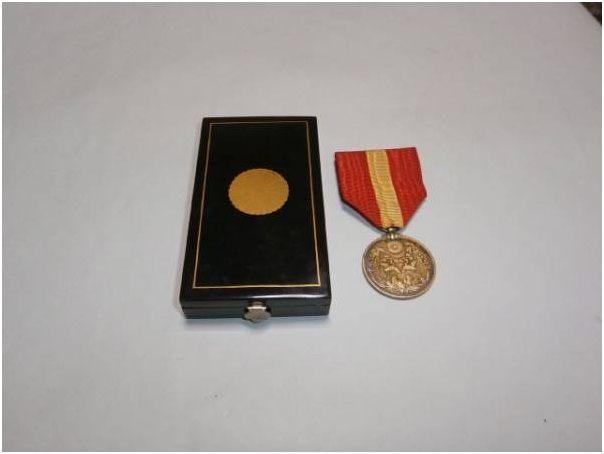

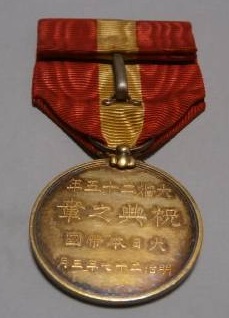 0
0 -
Gents,
For all those who are still looking for a nice Valentines gift:
Wedding Anniversary Medal in silver …

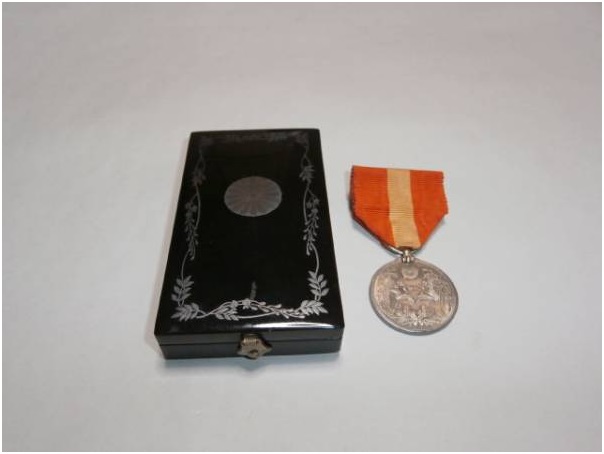 0
0 -
Thanks a lot!
I need to repeat - an absolute stunning historical piece with a beautiful "story behind"

BR, Chris
0 -
I suspect this is Tamura later in 1905.
also, the inscription...
Ulsterman,
Can you post a complete scan of the back side? I'd like to see the complete devotion starting with " Herrn Hauptmann Scealte".
I'm just curious, why a Japanese officer provided his photo to an American officer in German language, not in English or even French...
0 -
.......and now, the rest of the story.......
the picture itself is addressed to a Hauptmann Shartle" (smudged) which led me a merry chase through various German ranklists from 1911-1914. Eventually I figured out that Shartle was in fact, an American and not only that, but married to a woman whose family still lives 2 towns up from me.
Samuel G. Shartle was born in 1871, from an old WASP family in Pennsylvania. A member of the SAR, he graduated from Lafayette college in 1891. In 1898 he volunteered for the war with Spain and was made a Corporal in the PA. volunteer infantry. In 1899 he was mustered out and accepted a commission as a 2nd Lt. in the newly established "Negro " 38th US infantry. He served with the 38th until 1901. He received both the Spanish war and Phillipene campaign medals. In August, 1901 he transferred into the Coastal Artillery as a Lt. and by 1903 was in station at the fort in Portland, Maine where he met and married a pretty heiress named Marian Chapman, who was from Cumberland Foreside, still one of the most exclusive zip codes in the USA. Ms. Chapman is a distant cousin of the actress Helen Hunt.
In 1906 Shartle was the Honor graduate at the US artillery school and got promoted to the lofty rank of Captain in January, 1907, at age 36!
In 1909 he was apponinted the military attache in Berlin. He was presented to the Kaiser in Potsdam and attended the Kaisermanouvres, where he met Winston Churchill. He attended the Kaisermanouvres every year until 1914. He took an avid interest in the development of Germanys' air arm and his letters can be seen in the Congressional Quarterly on the subject. He was one of the first to suggest that battleships might be vulnerable to bombing by airplanes.
He and his wife very much enjoyed the glamour and exotic whirl of Germanys' social and diplomatic life. Mrs. Shartles' diary was sold on eBay last month for $1,400. In it she details balls, teas, intrigues and other events. One of the most interesting is having tea with the new Chinese Republican ambassador and attache and his "tiny, doll like" wife. That man's great grand daughter is now a billionaire and CPCP cadre....and a graduate of Cambridge (and was working in a London fish and chip shop when I met her).
Shartle left Germany in 1915 and later served on the US General Staff.
He was part of the US delegation at Versailles and wrote a book about his experiences.
He was rotated from the staff in 1922 and given command of a fort in Newport, RI.
Afterwards he made it to Colonel and retired to Cumberland, Maine. By 1930 he was fed up with the winters and had relocated to Dad County Florida, where he wrote another book on fortifications in the Great War and his magnum opus, a translation of the war diary of a German condittori who fought in central Europe some 500 years before.
Not bad for a little photo off eBay.
Stunning!
 0
0 -
Outstanding! Id LOVE to see this material.
Hotta only references Satsuma briefly, but even today Japanese political factions are split along some of those old clan lines. Even at the last war conference where Hirohito was hinting strongly that attacking the US was the wrong thing, the army/navy rivalry kept the officers from discerning his intent.
I suspect Tamura served under General Nogi upon his return to Japan/Manchuria and thus his older brother helped his career. Nogi NEVER recovered fully from losing the imperial standard during the Satsuma rebellion and eventually committed seppuku after the Meiji Emperor died.
Well, I'll check my documents if I still have them. But I'm afraid, I must scan them (only hard copy).
I guess, this kind of rivalry isnt' limited to Japan?
 We still have this rivalry between navy and army in Germany.
We still have this rivalry between navy and army in Germany.The first think I learned during my basic training in the navy was, “gold will never salute against silverâ€. (While the navy members had golden insignia/chevron, the army had silver ones). It was a nice experience for me to see, that the navy guys always felt “something specialâ€â€¦
BR, Chris
0 -
This is a very interesting thread. It is enjoyable to read something outside one's normal area of interest.
I vaguely remember hearing about a book written by a Japanese attache in Berlin who returned to Japan on horseback riding through Russia. His observations while in Russia were reportedly instrumental in preparations for the Russo-Japanese War 1904/05. Is this related to this thread in any way? Or is this a figment of my imagination?
Hi IrishGunner,
I guess, you’re thinking about the General Fukushima Yasumasa (1852 –1919)?
Fukushima was military attaché in Berlin from March 1887 to December 1891.
He joined the sino-japanese war in 1894/95, the Boxer rebellion in 1900 and the russo-japanese war in 1904/1905. He’s an interesting person, because he was a cofounder of the Japanese Kenpeitai (military police).
Indeed, he went back to Japan by horse, which took him approx. 14 months. Some further information can be found here: http://www.thelongridersguild.com/fukushima.htm
BR,
Chris
Edit: crossing post
0




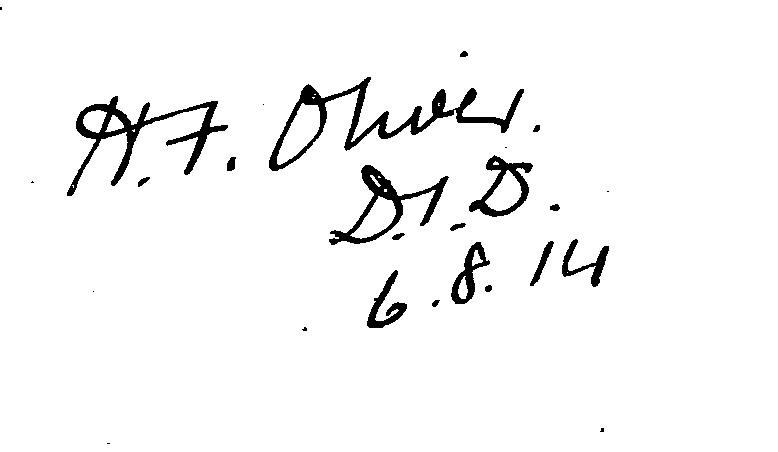
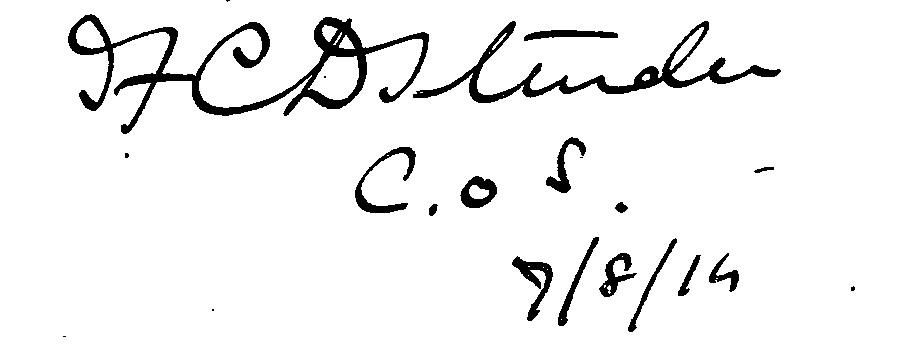


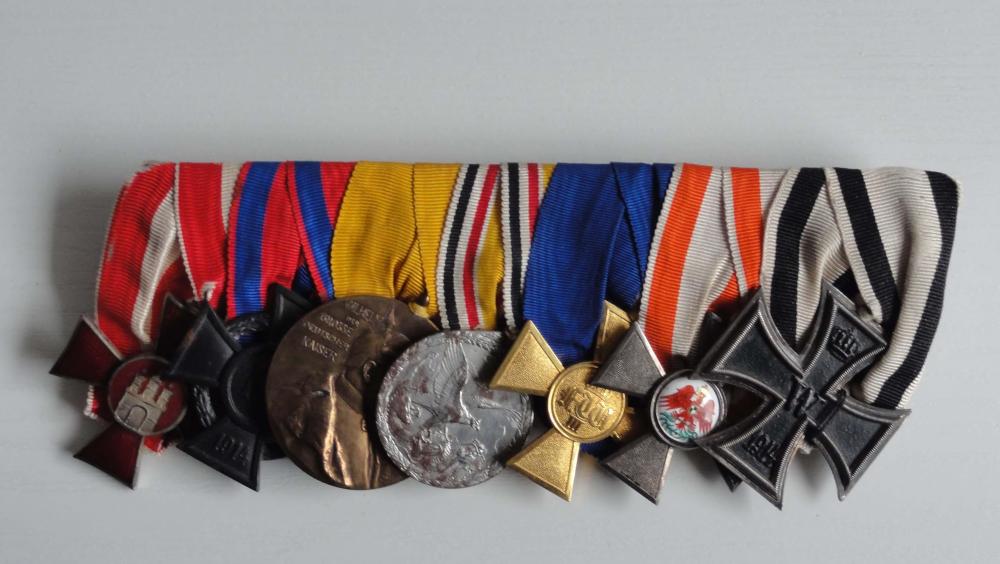
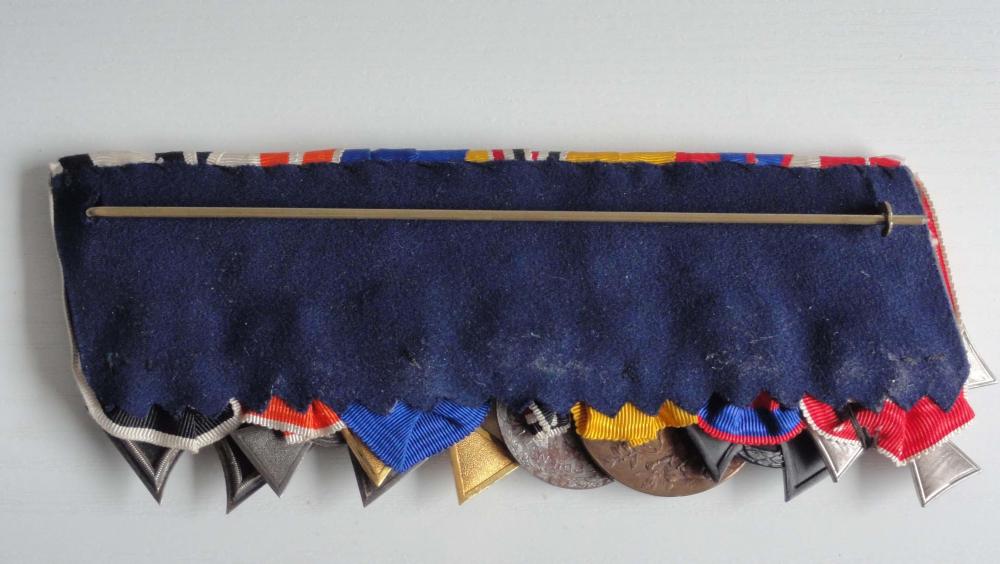
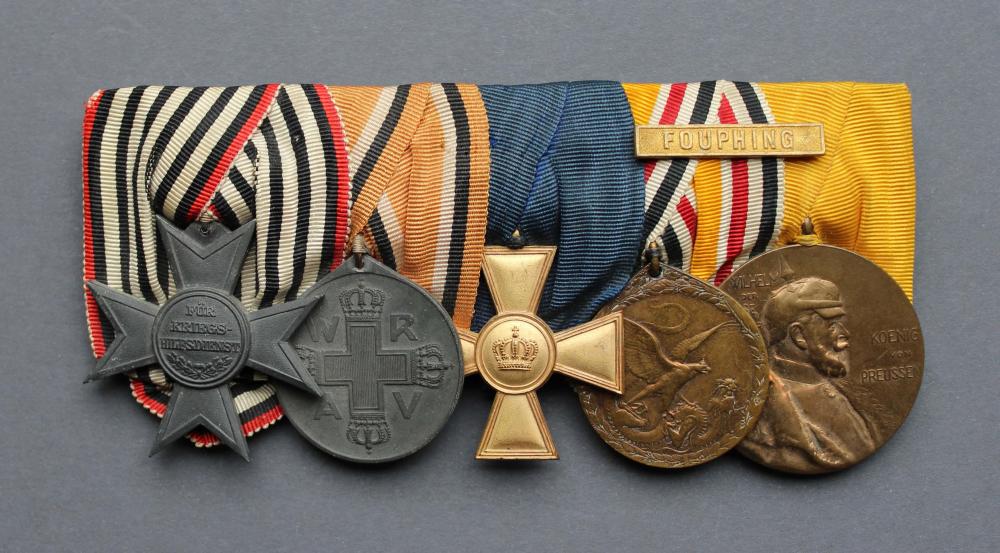


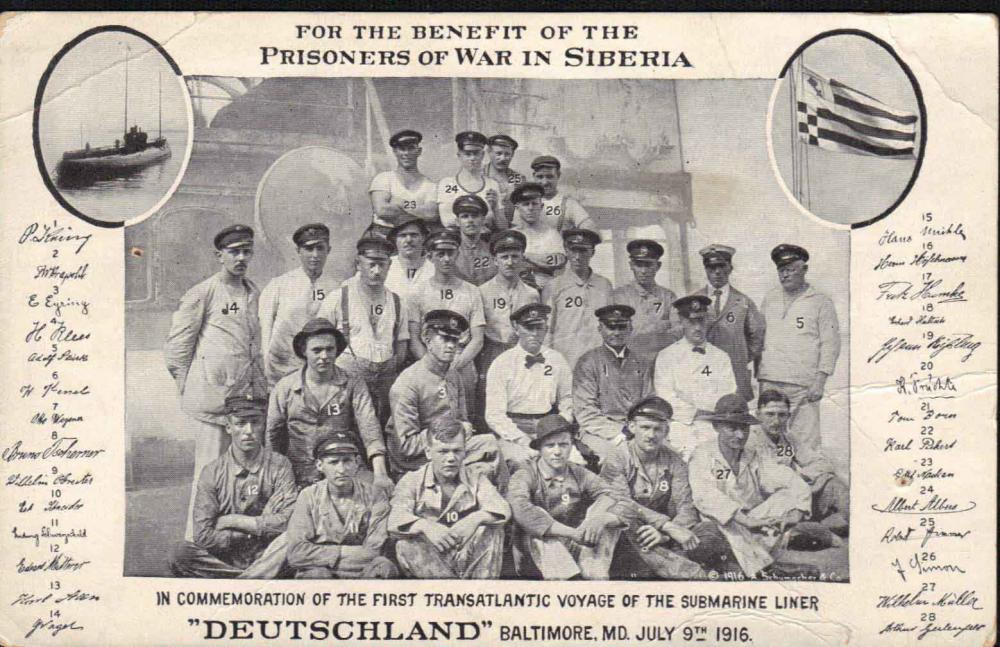



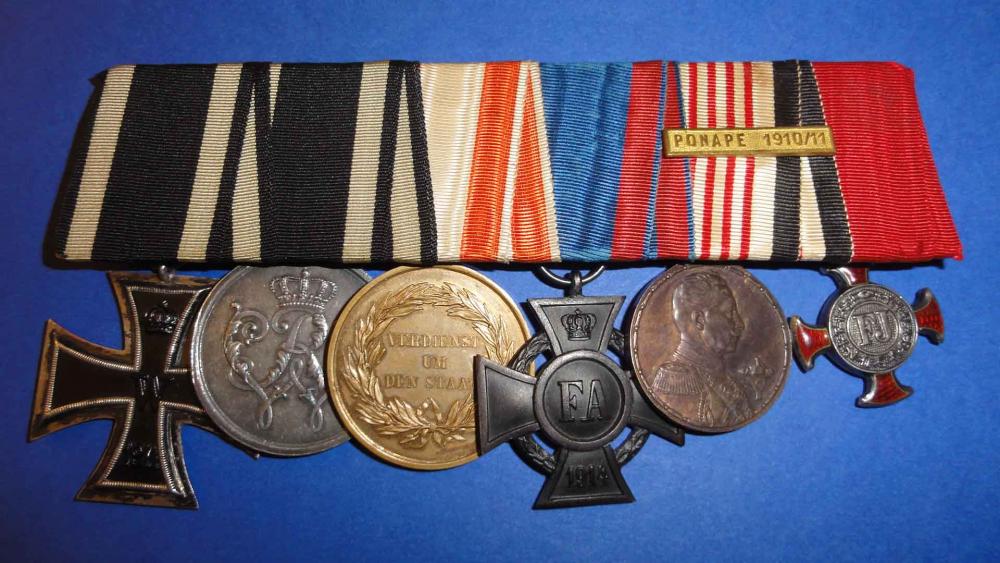
Lt.-Commander Sakuma, holder of the Crown Prince's Voyage to Korea Medal
in Japan
Posted
Gents,
Is there any information (e.g. picture) of 佐久間八郎 / Sakuma Hachirô?
As far as I know, he was Lt.-Commander (engineer) and got the Crown Prince's Voyage to Korea Commemorative Medal (s. photo below). Another question would be- why did he got this medal?
BR,
Chris